Earn a certificate & get recognized
Introduction to API and RESTful API
Gain foundational knowledge on API technology and discover the secrets of how RESTful APIs facilitate seamless data exchange. Elevate your skills and join us on this educational adventure. Enrol now!
Introduction to API and RESTful API
5.8K+ learners enrolled so far
Stand out with an industry-recognized certificate
10,000+ certificates claimed, get yours today!
Get noticed by top recruiters
Share on professional channels
Globally recognised
Land your dream job

Skills you will gain
API Fundamentals
REST Principles
HTTP Methods
API Endpoints
JSON
Authentication
Status Codes
Error Handling
API Documentation
Building RESTful APIs
+5 More
Key Highlights
Get free course content
Master in-demand skills & tools
Test your skills with quizzes
About this course
Introduction to API and RESTful API is a free course designed to demystify the world of Application Programming Interfaces (APIs). Understand the fundamentals, exploring the intricacies of API functionality and differentiating it from web applications. Delve into the various types of APIs, weighing their advantages and disadvantages. Focus specifically on RESTful APIs, unraveling their workings from client requests to server responses. Explore the benefits and drawbacks of RESTful APIs, gaining insights into their efficiency. Lastly, compare SOAP and RESTful APIs, dissecting their unique features and applications.
By the end of this course, you'll have a solid foundation in API principles, distinguishing between various types and grasping the nuances of RESTful API architecture. Join us on this educational journey, empowering yourself in the dynamic realm of API technology.
Stand out with an industry-recognized certificate
10,000+ certificates claimed, get yours today!
Get noticed by top recruiters
Share on professional channels
Globally recognised
Land your dream job

Introduction to API and RESTful API

1.5 Hours
Beginner
5.8K+ learners enrolled so far
Get free course content
Master in-demand skills & tools
Test your skills with quizzes
Refer and earn
Get learning discounts up to ₹2,000
Learner reviews of the Free Courses

5.0

5.0

5.0

5.0
5.0
What our learners enjoyed the most
Skill & tools
62% of learners found all the desired skills & tools
Frequently Asked Questions
Will I receive a certificate upon completing this free course?
Is this course free?
What is an API?
API stands for Application Programming Interface, enabling communication between different software applications.
What does RESTful mean in APIs?
RESTful signifies an architectural style for networked applications, using standard HTTP methods for operations.
How do APIs enhance development?
APIs streamline coding by providing pre-built functionalities for integration, promoting modularity and efficiency.
What is an API endpoint?
An endpoint is a specific URL exposing a resource for access or manipulation using HTTP methods.
How long does it take to complete this Free Introduction to API and RESTful API course?
It is a 1.0 hour long course, but it is self-paced. Once you enrol, you can take your own time to complete the course.
Will I have lifetime access to the free course?
Yes, once you enrol in the course, you will have lifetime access to any of the Great Learning Academy’s free courses. You can log in and learn whenever you want to.
Will I get a certificate after completing this Free Introduction to API and RESTful API course?
Yes, you will get a certificate of completion after completing all the modules and cracking the assessment.
How much does this Introduction to API and RESTful API course cost?
It is an entirely free course from Great Learning Academy.
Become a Skilled Professional with Pro Courses
Gain work-ready skills with guided projects, top faculty and AI tools, all at an affordable price.

View Course

Included with Pro+ Subscription


View Course

Included with Pro+ Subscription
.jpg)
View Course

Included with Pro+ Subscription


View Course

Included with Pro+ Subscription

View Course

Included with Pro+ Subscription

View Course

Included with Pro+ Subscription
 (1).jpg)
View Course

Included with Pro+ Subscription
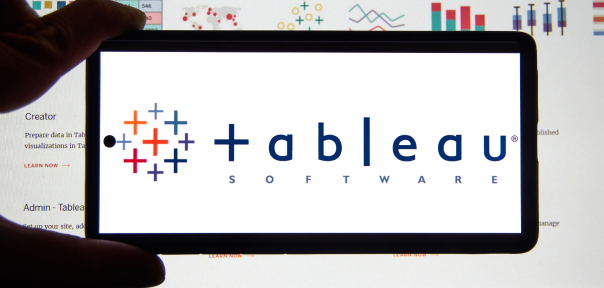
View Course

Included with Pro+ Subscription

View Course

Included with Pro+ Subscription

View Course

Included with Pro+ Subscription

View Course

Included with Pro+ Subscription
.jpg)
View Course

Included with Pro+ Subscription

View Course

Included with Pro+ Subscription


View Course

Included with Pro+ Subscription




View Course

Included with Pro+ Subscription


View Course

Included with Pro+ Subscription


View Course

Included with Pro+ Subscription


View Course

Included with Pro+ Subscription


View Course

Included with Pro+ Subscription


.jpg)
View Course

Included with Pro+ Subscription
.png)
View Course

Included with Pro+ Subscription

View Course

Included with Pro+ Subscription

View Course

Included with Pro+ Subscription
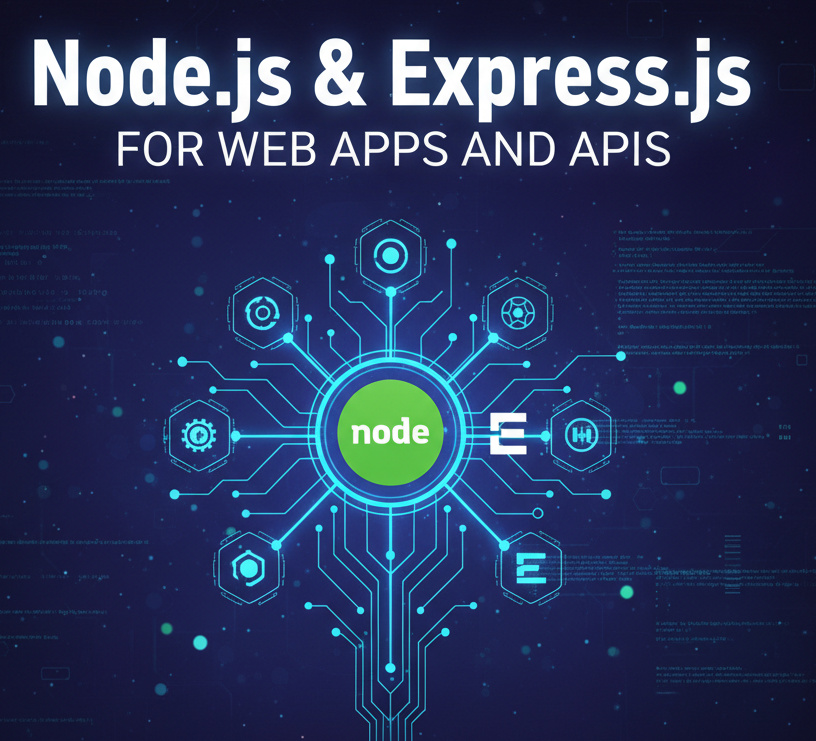
View Course

Included with Pro+ Subscription
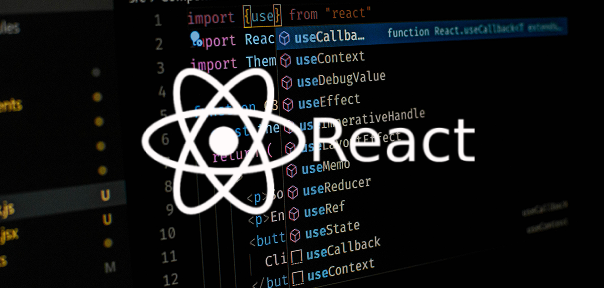
View Course

Included with Pro+ Subscription
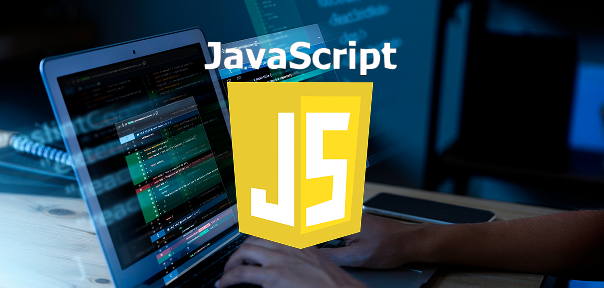
View Course

Included with Pro+ Subscription

View Course

Included with Pro+ Subscription
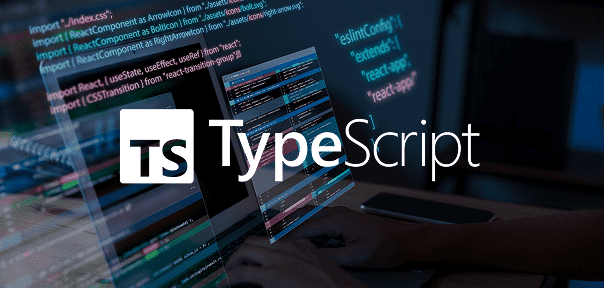
View Course

Included with Pro+ Subscription


View Course

Included with Pro+ Subscription

View Course

Included with Pro+ Subscription

View Course

Included with Pro+ Subscription
.png)
View Course

Included with Pro+ Subscription

View Course

Included with Pro+ Subscription

View Course

Included with Pro+ Subscription

View Course

Included with Pro+ Subscription

View Course

Included with Pro+ Subscription

View Course

Included with Pro+ Subscription
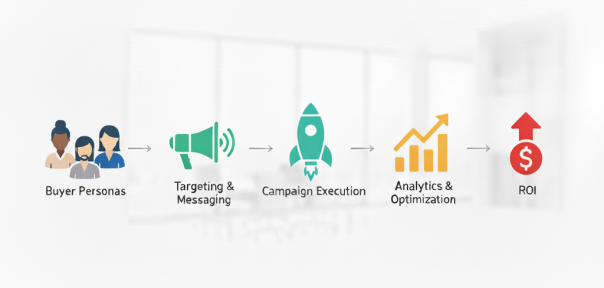
View Course

Included with Pro+ Subscription
.jpg)
View Course

Included with Pro+ Subscription
.jpg)
View Course

Included with Pro+ Subscription
.jpeg)
View Course

Included with Pro+ Subscription
.jpg)
View Course

Included with Pro+ Subscription
.png)
View Course

Included with Pro+ Subscription


View Course

Included with Pro+ Subscription


View Course

Included with Pro+ Subscription


View Course

Included with Pro+ Subscription
.png)
View Course

Included with Pro+ Subscription
.jpg)

.jpg)

.png)

View Course

Included with Pro+ Subscription
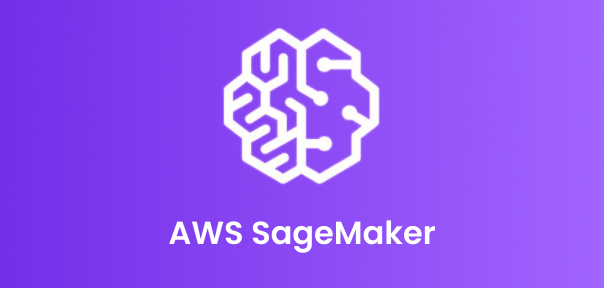

View Course

Included with Pro+ Subscription
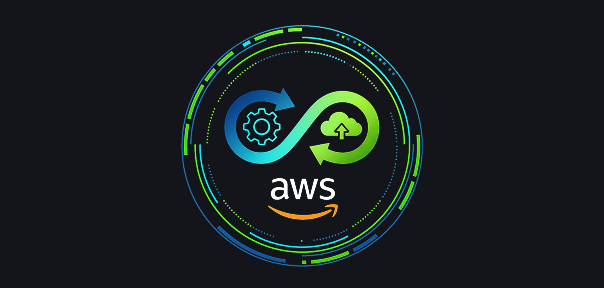
View Course

Included with Pro+ Subscription

View Course

Included with Pro+ Subscription

View Course

Included with Pro+ Subscription
.png)
View Course

Included with Pro+ Subscription
.png)
View Course

Included with Pro+ Subscription
.png)
View Course

Included with Pro+ Subscription
Popular

View Course

Included with Pro+ Subscription


View Course

Included with Pro+ Subscription
.jpg)
View Course

Included with Pro+ Subscription


View Course

Included with Pro+ Subscription

View Course

Included with Pro+ Subscription

View Course

Included with Pro+ Subscription
 (1).jpg)
View Course

Included with Pro+ Subscription

View Course

Included with Pro+ Subscription
AI & Generative AI

View Course

Included with Pro+ Subscription

View Course

Included with Pro+ Subscription

View Course

Included with Pro+ Subscription
.jpg)
View Course

Included with Pro+ Subscription

View Course

Included with Pro+ Subscription


View Course

Included with Pro+ Subscription


Microsoft Courses


View Course

Included with Pro+ Subscription


View Course

Included with Pro+ Subscription


View Course

Included with Pro+ Subscription


View Course

Included with Pro+ Subscription


View Course

Included with Pro+ Subscription


IT & Software
.jpg)
View Course

Included with Pro+ Subscription
.png)
View Course

Included with Pro+ Subscription

View Course

Included with Pro+ Subscription

View Course

Included with Pro+ Subscription

View Course

Included with Pro+ Subscription

View Course

Included with Pro+ Subscription

View Course

Included with Pro+ Subscription

View Course

Included with Pro+ Subscription

View Course

Included with Pro+ Subscription
.png)
View Course

Included with Pro+ Subscription
.png)
View Course

Included with Pro+ Subscription

View Course

Included with Pro+ Subscription

View Course

Included with Pro+ Subscription

View Course

Included with Pro+ Subscription

View Course

Included with Pro+ Subscription

View Course

Included with Pro+ Subscription


View Course

Included with Pro+ Subscription

View Course

Included with Pro+ Subscription

View Course

Included with Pro+ Subscription


View Course

Included with Pro+ Subscription


View Course

Included with Pro+ Subscription
 (1).png)
View Course

Included with Pro+ Subscription
Data Science & ML


View Course

Included with Pro+ Subscription

View Course

Included with Pro+ Subscription

View Course

Included with Pro+ Subscription
.png)
View Course

Included with Pro+ Subscription

View Course

Included with Pro+ Subscription

View Course

Included with Pro+ Subscription
Management

View Course

Included with Pro+ Subscription

View Course

Included with Pro+ Subscription

View Course

Included with Pro+ Subscription

View Course

Included with Pro+ Subscription
.jpg)
View Course

Included with Pro+ Subscription
.jpg)
View Course

Included with Pro+ Subscription
.jpeg)
View Course

Included with Pro+ Subscription
.jpg)
View Course

Included with Pro+ Subscription
.png)
View Course

Included with Pro+ Subscription
.png)
View Course

Included with Pro+ Subscription
.png)
View Course

Included with Pro+ Subscription

View Course

Included with Pro+ Subscription
.png)
View Course

Included with Pro+ Subscription
.png)
View Course

Included with Pro+ Subscription
 (1).jpg)
View Course

Included with Pro+ Subscription
.png)
View Course

Included with Pro+ Subscription
Cloud Computing


View Course

Included with Pro+ Subscription


View Course

Included with Pro+ Subscription


View Course

Included with Pro+ Subscription
.png)
View Course

Included with Pro+ Subscription
.jpg)

.jpg)

.png)

View Course

Included with Pro+ Subscription


View Course

Included with Pro+ Subscription

View Course

Included with Pro+ Subscription
.png)



.png)

View Course

Included with Pro+ Subscription



Cyber Security

View Course

Included with Pro+ Subscription

View Course

Included with Pro+ Subscription
.png)
View Course

Included with Pro+ Subscription
.png)
View Course

Included with Pro+ Subscription
.png)
View Course

Included with Pro+ Subscription
Subscribe to Academy Pro+ & get exclusive features
$25/month
No credit card required
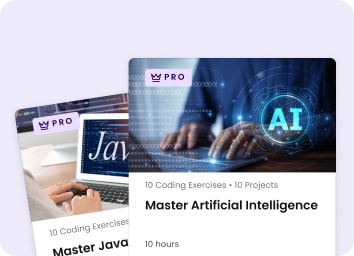
Learn from 40+ Pro courses
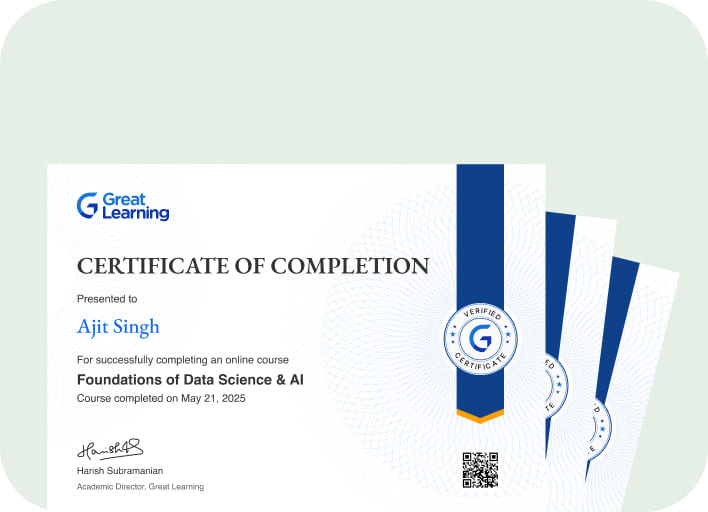
Access 500+ certificates for free
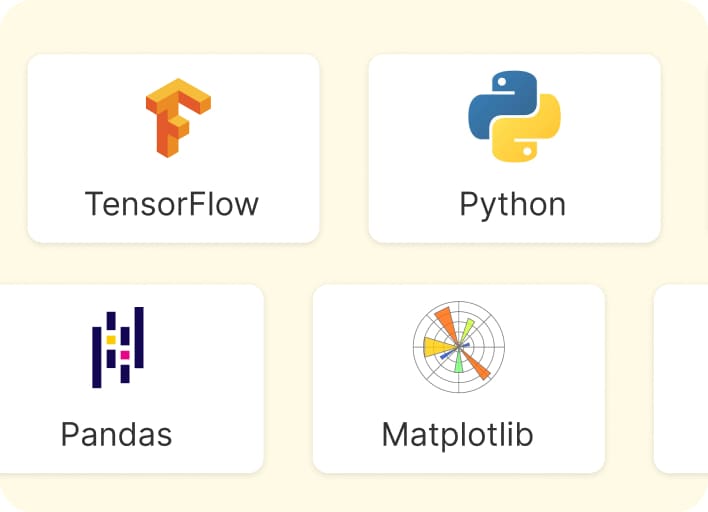
700+ Practice exercises & guided projects
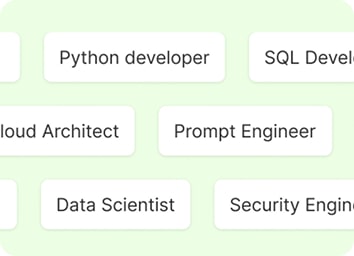
Prep with AI mock interviews & resume builder
Recommended Free Software courses

.jpg)


Similar courses you might like




Relevant Career Paths >
Introduction to API and RESTful API
In the digital era, where seamless communication between diverse applications is crucial, Application Programming Interfaces (APIs) play a pivotal role. An API is essentially a set of rules and tools that allows different software applications to communicate with each other. It serves as a bridge, enabling the exchange of data and functionality between distinct systems. One prominent type of API is the RESTful API.
APIs: Bridging the Digital Gap
Imagine you have a mobile app that needs to fetch data from a server, or a website that wants to integrate a third-party service. How do these disparate systems communicate? This is where APIs step in. APIs act as intermediaries, allowing applications to request and exchange information in a standardized way.
APIs define the methods and data formats that applications can use to communicate. They abstract the complexities of underlying systems, providing a simplified interface for developers. This abstraction enhances interoperability, allowing developers to focus on utilizing functionalities rather than understanding the internal workings of the systems they are integrating.
RESTful APIs: Representational State Transfer
REST, or Representational State Transfer, is an architectural style for designing networked applications. RESTful APIs adhere to the principles of REST, emphasizing simplicity, scalability, and a stateless communication model.
Key principles of REST include:
Statelessness: Each request from a client to a server must contain all the information needed to understand and fulfill that request. The server should not store any information about the client's state between requests. This enhances scalability and simplifies communication.
Resource-Based: In REST, everything is a resource, and each resource is uniquely identified by a Uniform Resource Identifier (URI). Resources can be manipulated using standard HTTP methods (GET, POST, PUT, DELETE).
Representation: Resources can have multiple representations, such as JSON or XML, and clients can negotiate the representation they prefer.
Uniform Interface: A consistent and uniform interface simplifies interactions between clients and servers. This includes a set of standard conventions, such as using HTTP methods for different actions.
Stateless Communication: Each request from a client to a server must contain all the information needed to understand and fulfill that request. The server should not store any information about the client's state between requests.
RESTful APIs, therefore, follow these principles, providing a clear structure for developers to create, retrieve, update, and delete resources. They use standard HTTP methods for these operations, making it easy to understand and implement.
Benefits of RESTful APIs:
- Simplicity: RESTful APIs use standard HTTP methods, making them simple and easy to understand. This simplicity accelerates development and promotes better collaboration.
- Scalability: Stateless communication and resource-based architecture contribute to the scalability of RESTful APIs. Servers can handle a large number of requests without the burden of maintaining client state.
- Flexibility: RESTful APIs can support multiple data formats, allowing clients to choose the representation they prefer. This flexibility is especially valuable in diverse and dynamic environments.
- Interoperability: RESTful APIs promote interoperability by providing a common and standardized way for applications to communicate. This makes it easier to integrate different systems and services.
In conclusion, APIs, and particularly RESTful APIs, are integral components of modern software development. They facilitate seamless communication between applications, enhance interoperability, and provide a foundation for scalable and flexible systems. As technology continues to advance, the role of APIs in shaping the digital landscape is only set to grow.







